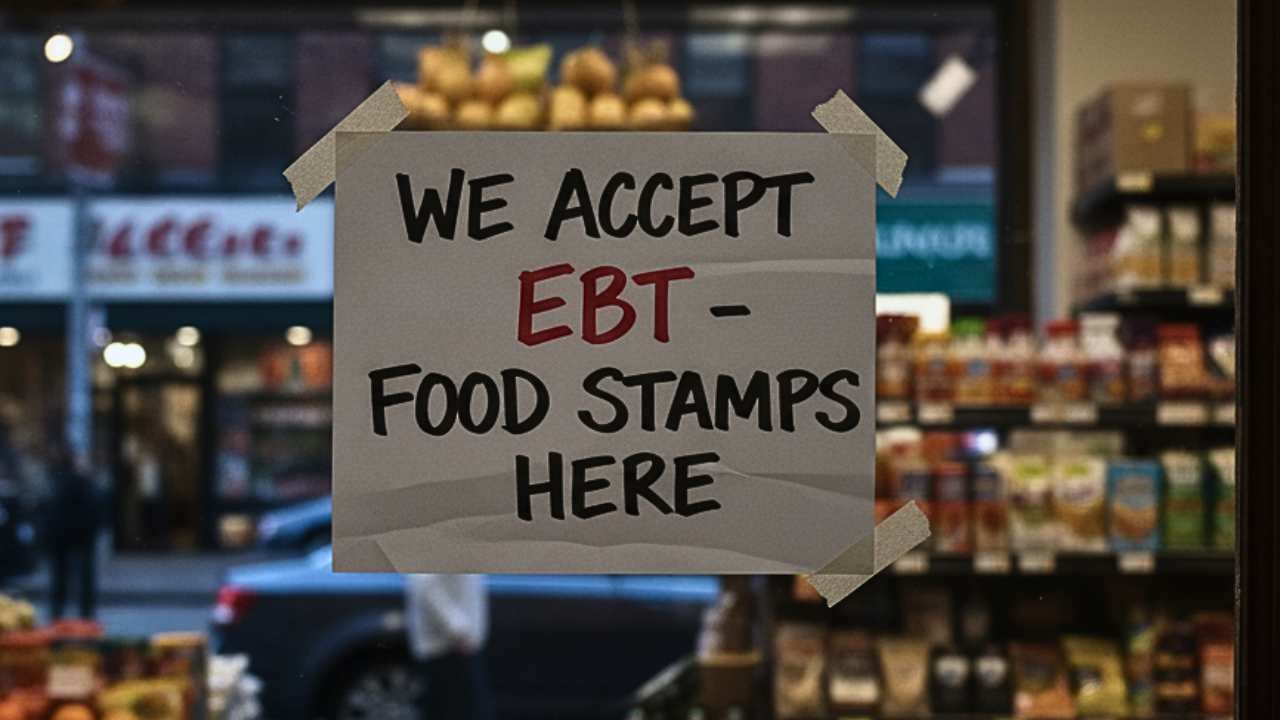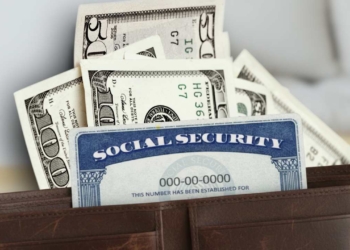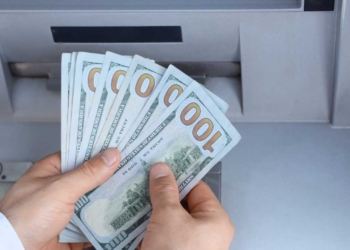It’s day 34 of this seems-to-be-eternal government shutdown on November 3, 2025, and the fridge doors across America are creaking open to thinner pickings than usual. The Supplemental Nutrition Assistance Program – SNAP to most of us, food stamps to the rest – was supposed to kick off its November loads onto EBT cards right around the first.
But nope. Nothing’s hit the system, and the SNAP benefits cards are starting to bounce back when they’re swiped in the checkout lines. That’s got 42 million people, or one out of every eight folks in this country, wondering how to bridge the gap until the grown-ups in Congress sort their mess.
October SNAP benefits still valid: November’s on the brink
Don’t get me wrong: if you’ve got a balance left from October or before, that’s still yours to spend. No sneaky expiration date lurking there. Head to the grocery store, swipe at the checkout – it works like always. The snag is the fresh federal dollars earmarked for this month. With funding frozen solid, they’re just not coming.
If you’re in the middle of applying for SNAP via your state’s office, keep at it; the forms haven’t changed. You might even get the nod on eligibility. But cashing in? That’s on hold until the spigot reopens. Recertifications are chugging along too, approvals and all, yet the actual money stays parked.
The fallout spills over: WIC, the program propping up nutrition for new moms, infants, and little ones, is wobbling, even if a handful of states have dipped into their own pockets for a buffer. Good news on Social Security, at least – those checks keep landing, steady as a heartbeat.
Trump’s obligated to deliver SNAP benefits ASAP
Then there’s this: a Boston federal judge stepped in late on October 31, basically telling the administration to deliver partial SNAP benefits for November, as soon as possible. They’ve got until Monday the 3rd to make it happen or explain the holdup. If it sticks – and that’s a big if – we could see cards reloading by the middle of the week.
The states are filling in some gaps, to various degrees of success, with a patchwork response to the crisis. Well over a dozen states, including New York, California and Texas, have activated emergency measures like state-financed food distributions and short term financial aid.
In California, for example, the CalFresh program is holding onto applicant information and preparing for possible partial releases. New York has deployed mobile food pantries in high-need areas like the Bronx, and Texas is rushing to get out waivers, so more retailers can honor pending benefits.
Residents in less robust states, like Idaho or Mississippi, might face steeper challenges; it’s important to check local human services websites immediately for tailored updates.
How to cope with delayed or reduced SNAP benefits
While benefits are on hold, focus on stretching what you have and accessing alternatives. Here are practical, evidence-based tips from experts:
- Budget and Plan Meals Around Staples: Review your current EBT balance and prioritize affordable, filling foods like rice, beans, oats, peanut butter, canned vegetables, and eggs. Plan weekly meals in advance to avoid waste—aim for “batch cooking” (e.g., make a big pot of soup that lasts 3–4 days).
- Shop Smart:
- Buy generics or store brands—they’re often 20–30% cheaper.
- Use SNAP incentives at farmers’ markets (many double your dollars for produce via programs like Double Up Food Bucks).
- Compare prices across stores and stick to sales; apps like Ibotta or Flipp can help track deals.
- Seek Emergency Food Aid:
- Food Banks and Pantries: Visit Feeding America (feedingamerica.org/find-your-local-foodbank) to locate free distributions near you. Many are ramping up due to the shutdown—e.g., Capital Area Food Bank in D.C. is accepting donations and serving more families.
- Community Fridges/Gardens: Search for local mutual aid groups on platforms like Buy Nothing or Nextdoor.
- School Meals: If you have kids, free/reduced school breakfasts and lunches continue uninterrupted.





